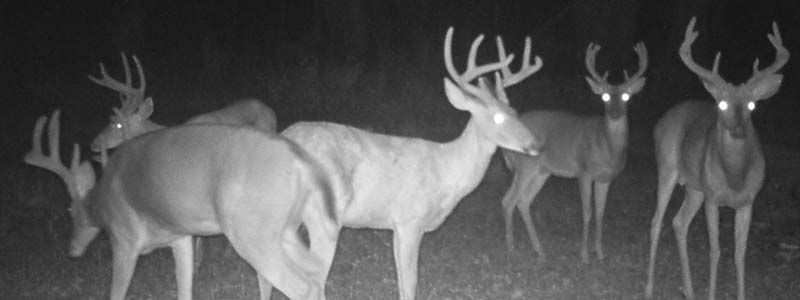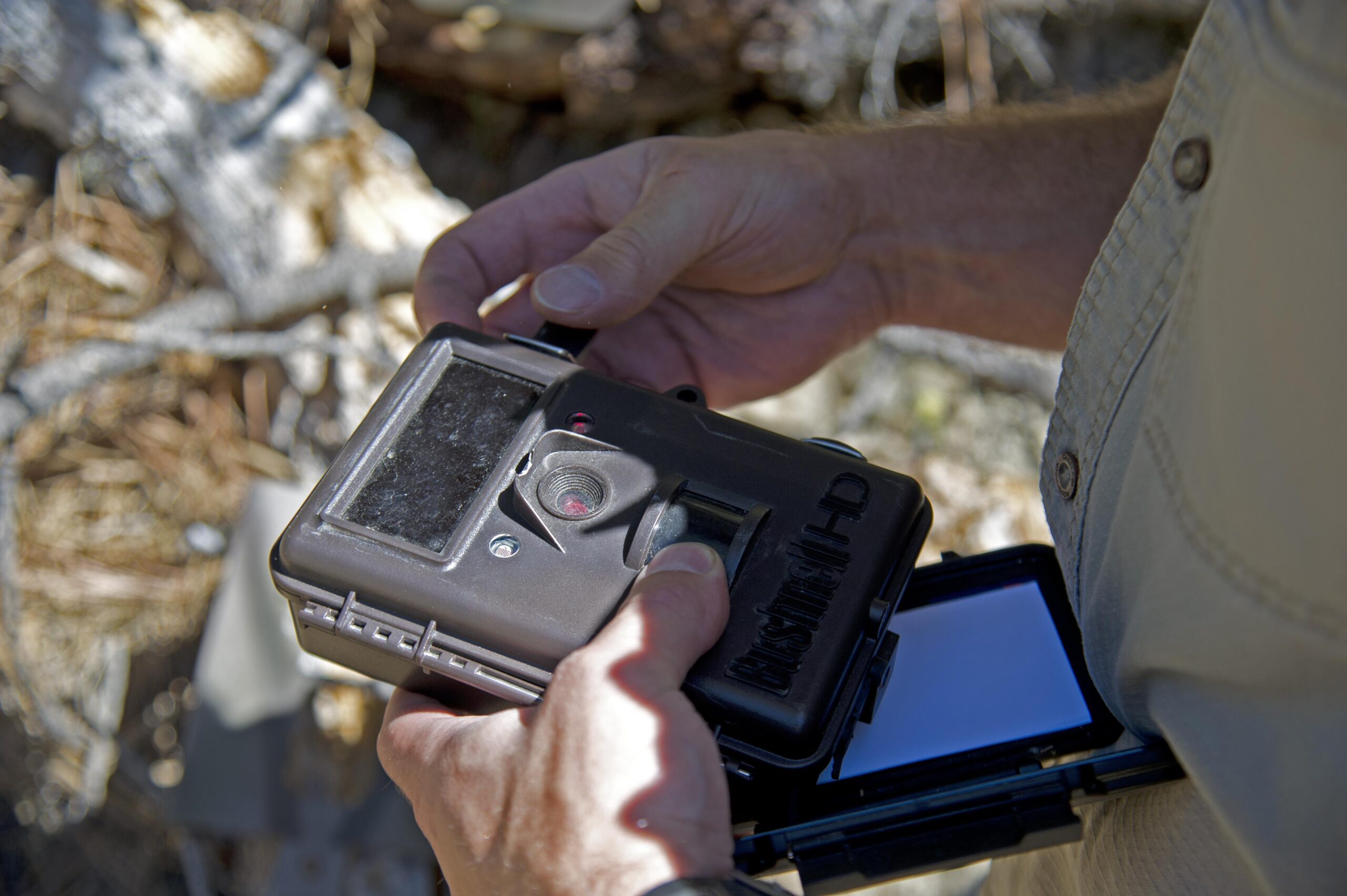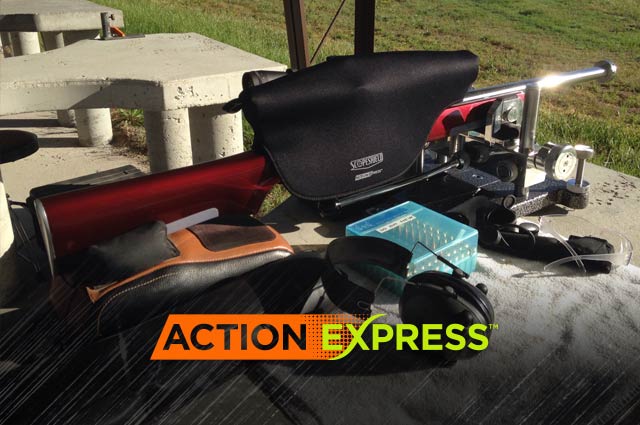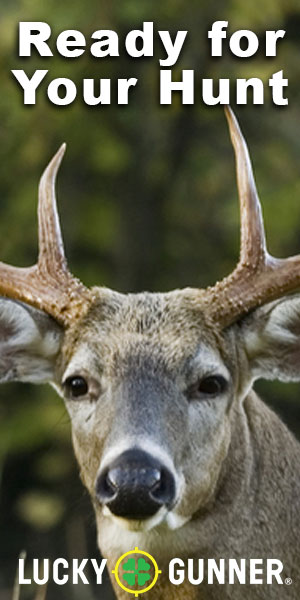Despite the advances in hunting weaponry that we have made over the past few centuries, deer continue to outsmart and evade us. What hasn’t changed during those centuries is that deer are prey and men are predators. The natural order of things is that deer adapt and do what they need to do to survive. This is why you should be studying your deer cam during the off-season. A good predator uses more than brute force to capture their prey. Utilize your superior intellect to have your best hunting season yet. That season starts in the offseason.
Understanding your prey is the key to hunting it efficiently. Deer cams are great tools, but they go underutilized by many hunters.
Setting Up Your Deer Cam
There is a myriad of trail camera options on the market today. Picking one depends a lot on where you want to mount your camera and how much money you want to spend. Cabela’s has a great selection of cameras when you are ready to pick one out.
Trail cameras all have the same basic functions. There are some with bells and whistles like video capability or viewing screens that make it faster to access your camera’s data. However, tracking deer is possible with any camera you pick out.
We all know how busy hunting season gets. Between the early morning treks and balancing work and family obligations with the demands of the season, you won’t have much time to set up your game camera. This is why it’s best to buy and mount your deer cam before hunting season begins. Plus, the more data you can gather on your local deers’ patterns, the better.
Besides, it can take some time to figure out the best spot to mount your camera. If you’re a seasoned hunter, you probably can do some tracking and figure out where the high-traffic areas are in your neck of the woods. However, if you’re new to hunting, it may take a couple of tries to get your camera up and running in a place that gives you useable images.
Once your deer cam is set up and gathering data, you’re ready to go to school: hunting edition.
Your Study Schedule

Ideally, it’s best if you start studying your deer cam footage as soon as the season closes. This will allow you to identify mistakes you may have made this season and plan for the upcoming season. Just make sure that you take excellent notes so that you’re ready to pick up where you left off when deer season reopens.
A few weeks before the season opens, you should start studying your deer cam again. Deer patterns can shift in short periods of time. Even if you have a grand plan from the previous season, make sure the deers’ current patterns match up to what you tracked in the last season.
Studying your deer cam during the season is great if you’re looking for a specific, elusive buck. However, the issue with only using your cam during the season is that it doesn’t allow you enough time to look for all of the details you should be checking.
What to Look For
“What do I look for on my deer cam?” may feel like an odd question. Of course, you’re looking for deer. However, what separates the pros from the amateur hunters is how they study deer patterns and utilize them to be one step ahead of the game. Here’s how to breakdown your data into useable pieces:
- Identify eligible bucks. Remember that bucks too small to hunt this year may be potential prizes in the next season, so take note of them also.
- Dates and times of movement. You’re primarily looking for when bucks are moving during the daylight. Taking note of the dates of movement will allow you to look up the third item in this list.
- Weather conditions. Note what the weather patterns were overnight and then leading up to the buck sighting.
- Directionality. Track where the buck was coming from when they enter your camera’s range and which direction they leave in.
If you notice anything outside of these four key tracking components that seems to be a determining factor in the movement of the deer, take note of that too. These four basics will give you a lot to interpret.
Interpreting Your Deer Cam Data

Gathering all of this deer cam data may seem tedious. Interpreting the data is when all the pieces start to come together. The point of all of this is to track the deer you want well enough that you’re ready to show up, in their path, as soon as the hunting season opens. Look at your data and highlight patterns. Is there a particular buck that always tracks through after a night of rain? Maybe one of them comes through during a specific time of the week and always moves in the same direction. Identifying patterns like these will allow you to pick a prime position and be set up to shoot when the deer crosses your path.
A great weapon and all the latest gear can’t replace using your brain for hunting. Humans may be the superior species, but it’s bred into a deer’s DNA to avoid predators. Remember that in the woods it’s survival of the fittest. The biggest bucks are the ones who have had more time to grow and develop because they are smart enough to keep themselves alive.
Deer will learn patterns, too. If you hike the same trails into hunting territory and fall into predictable ruts during hunting season, you’ll hurt your chances at bagging a prize buck. Using deer cam data can help break you out of these patterns and give the upper hand back to you.
When you’re picking out your perfect spot in the woods, make sure your rifle’s scope is protected and ready to serve its purpose at a moment’s notice. Check out ScopeShield’s scope covers today.





